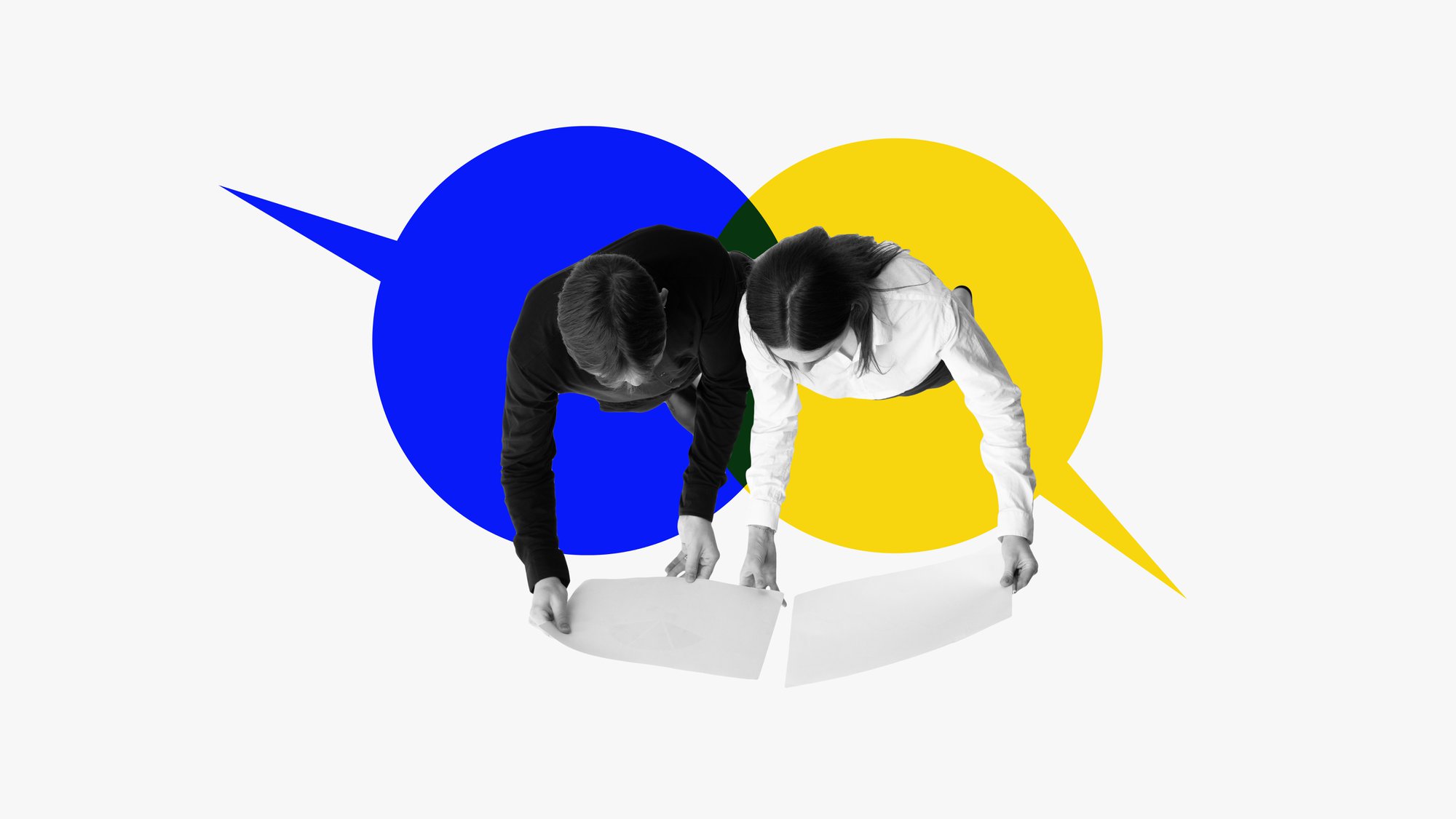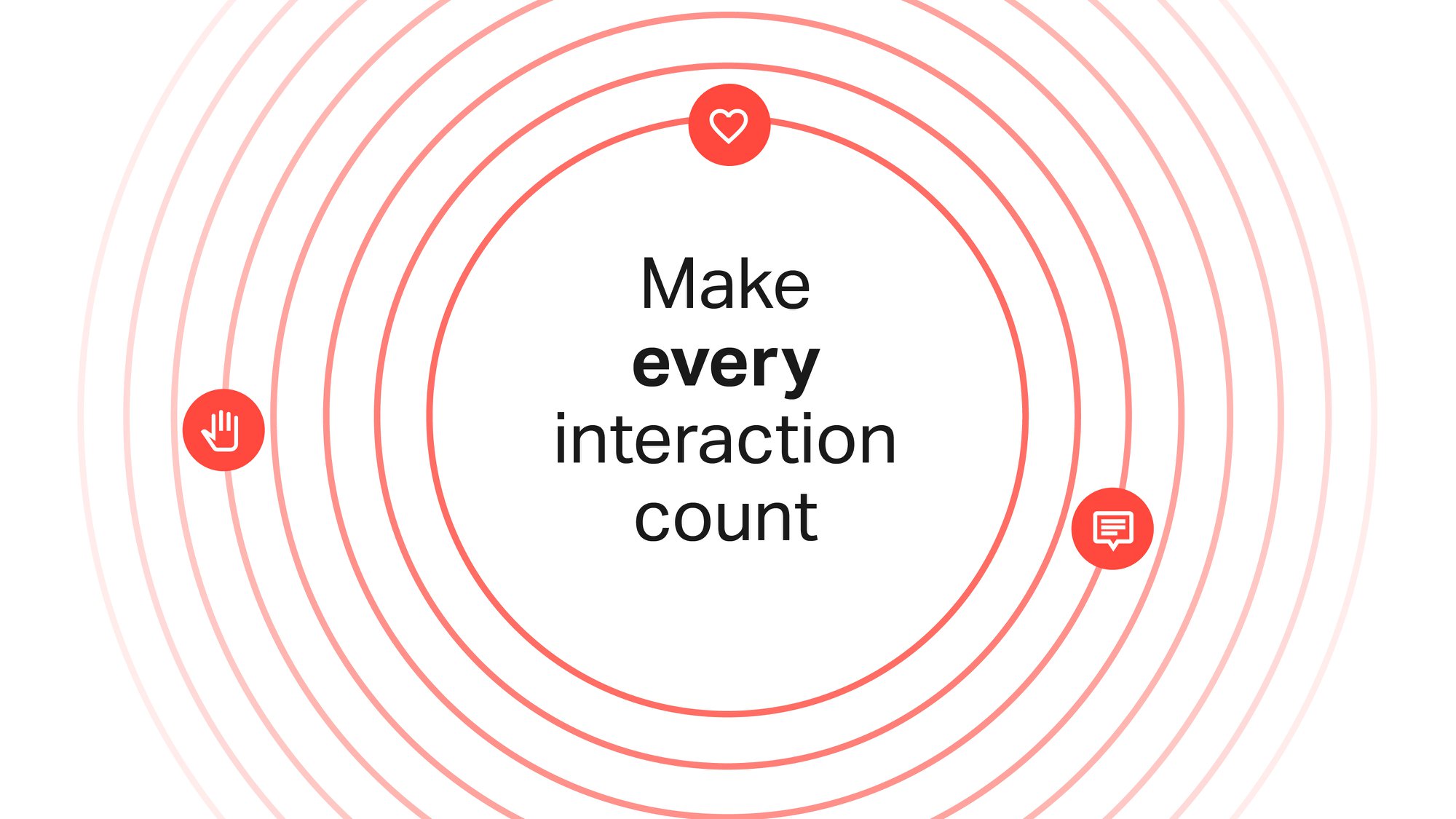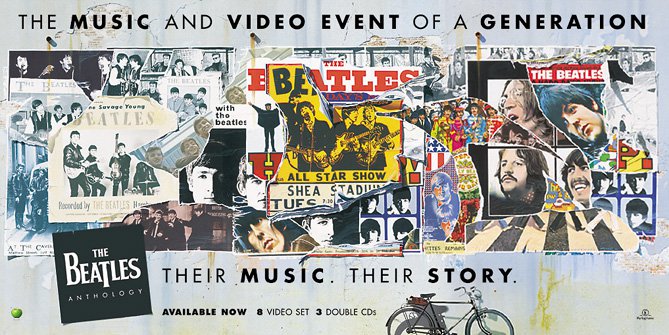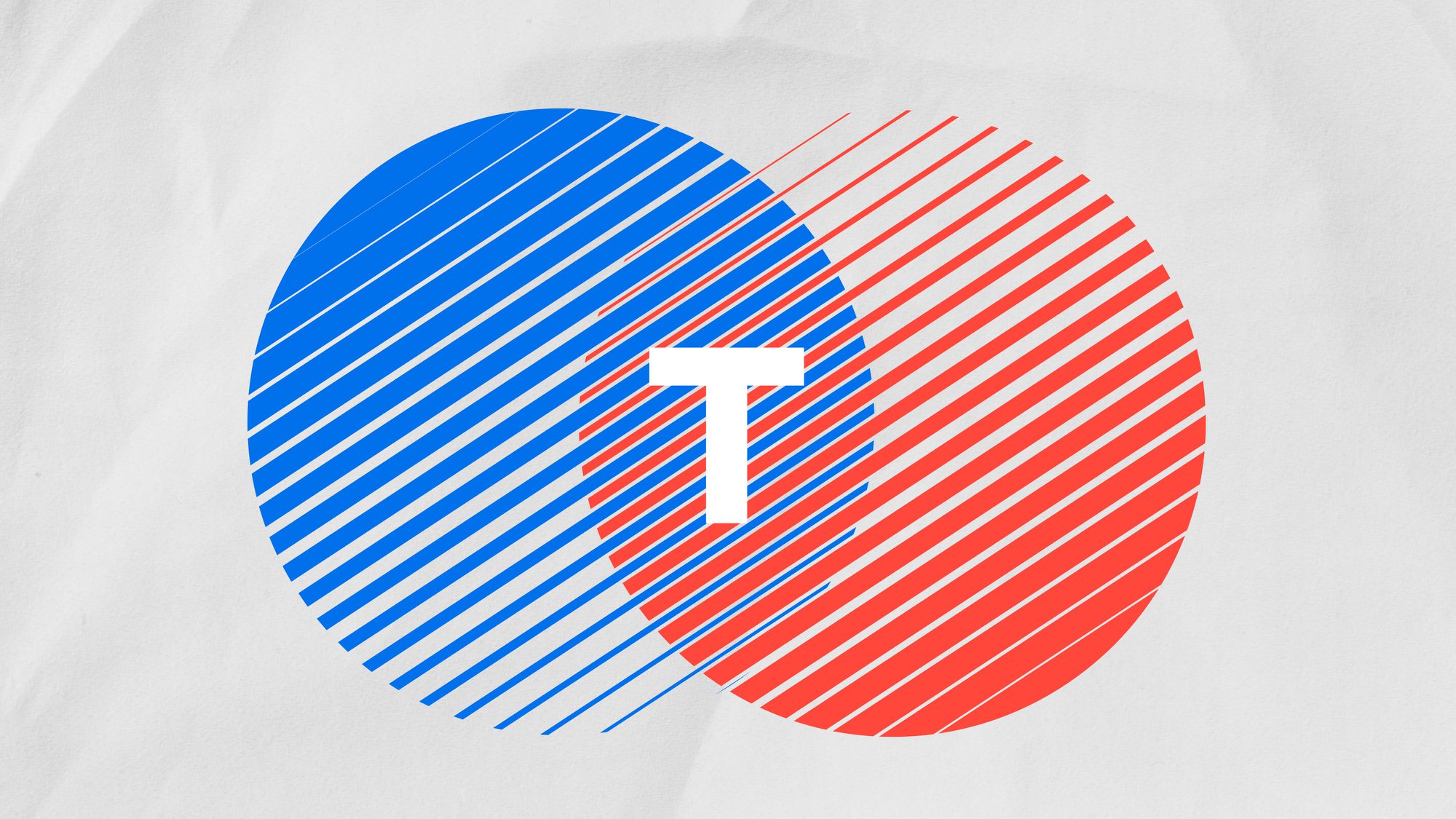Brands make places: how placemaking adds value (Part 1)
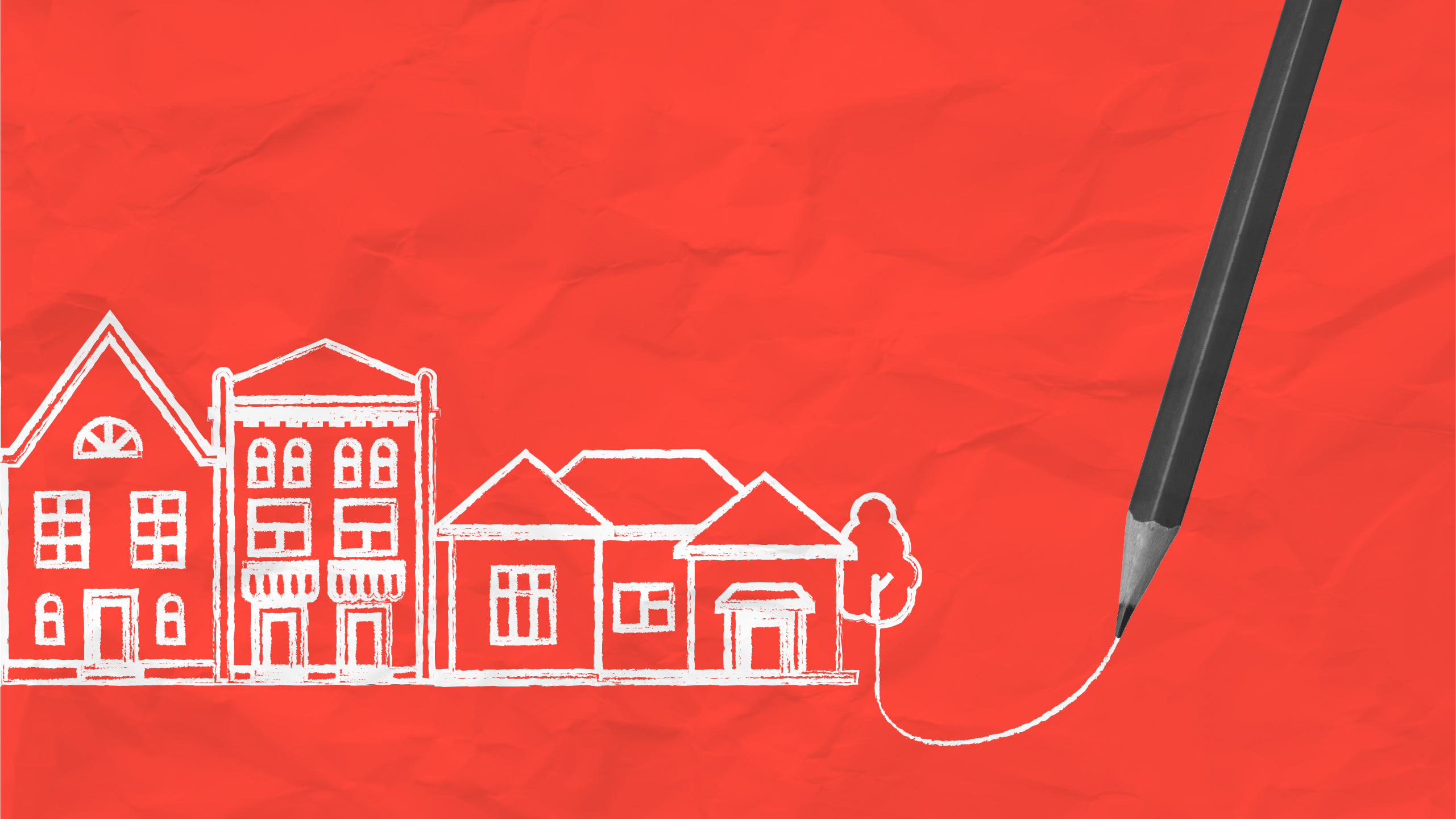
This is the story of how places become more than locations. How a simple ‘Thank You’ set the tone for the London 2012 olympics. It’s the story of placemaking. Placemaking shows the power of branding to transform not just spaces, but entire communities.
And, in this two parter blog series, we’re going to delve into the brands that make places. The brands that capture places; that showcase the promise that a place makes to its citizens, visitors, businesses and the world.
Placemaking: how clever positioning changes places
Placemaking has its roots in urban planning and community development. It’s about transforming public spaces into vibrant, engaging areas that bring a sense of belonging, meaning, and identity.
But when you combine it with an imaginative brand idea, something more powerful happens. A place is elevated from a mere location into an idea.
Take the brand strategy ‘Meet Me at St. Pancras’. When Eurostar moved into its new purpose-built station at King’s Cross, it wanted the site to be more than a transport hub.
Cue ‘The Lover’s Statue,’ a giant bronze of a young couple embracing – a symbol of connection, hope, and anticipation.
We say visitors, not passengers, because alongside the champagne bar and quality retail outlets, Network Rail intentionally turned St. Pancras into a meeting-place destination. It became somewhere to gather – for drinks, for love, for excitement.
This is brand done right: an idea that runs through every action, turning a functional space into an emotional one. And emotion sells.
Placemaking and the 2012 Olympics
Back in 2005, The Team was tasked with crafting a message for the London Olympic Committee.
A message that would be beamed around the world. The timing was pivotal: July 5th, 2005, the day London would discover whether it had won its bid for the 2012 Games or lost out to Paris.
How do you console thousands in Trafalgar Square – and millions more watching at home – if the bid fails? And if it succeeds, how do you celebrate with modesty?
The answer was simple: ‘Thank You.’
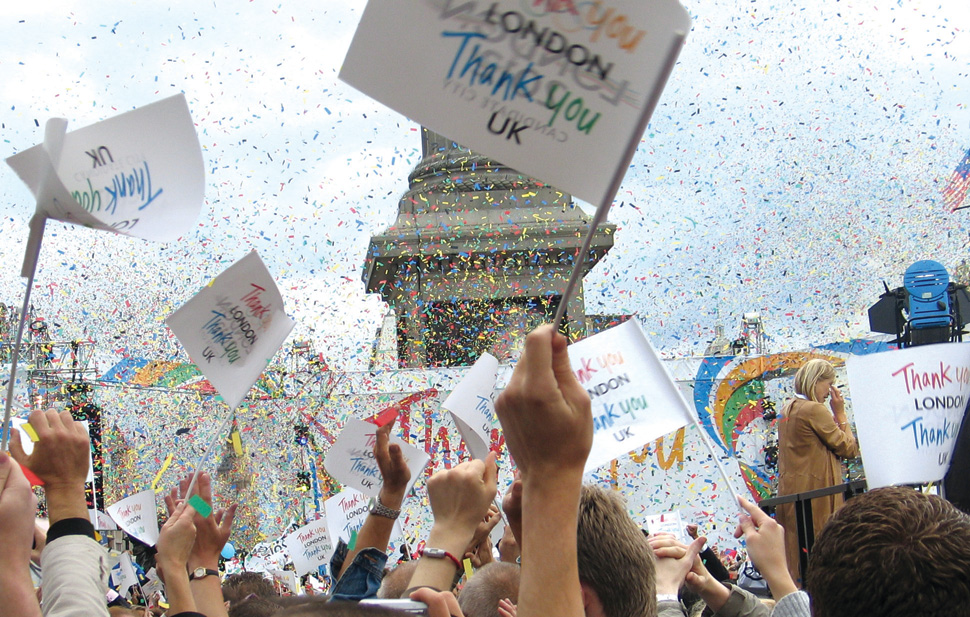
It captured a feeling, a time, and a place. It expressed optimism, humility, and hope. From that moment, it launched a brand and campaign that became iconic.
One that reflected the creative optimism of London and the UK, and helped transform deprived areas of East London into thriving ‘Growth Boroughs.’
The importance of the visual brand in placemaking
Meaningful branding is crucial in placemaking, as it helps define the identity and personality of a place.
In doing so, it creates a lasting bond between people and their surroundings, while also revitalising economies and galvanising action on important social and environmental issues.
But as St. Pancras shows, this is not about churning out a catchy logo or slogan. Slapping ‘I❤NY’ onto everything won’t magically make the Big Apple more inviting.
True placemaking demands depth, vision, and an understanding of what a community truly needs.
The design and engineering consultancy Arcadis, for example, specialises in creating liveable cities and spaces. And, as they make clear on their website:
Places impact on the quality of people’s lives. Whether a park, a building, a town or city, people and communities thrive when the spaces in which they live, work, move and play are designed and managed in a way that best meets their needs.
In other words, a brand works best when it recognises the needs of the people – when it captures the essence and values of the community.
Andy Hoyne is a placemaking and branding specialist. And he emphasises that successful place development needs a meaningful brand that reflects the community’s history, culture, and aspirations.
As he says in an episode of the Australian Design Radio podcast, it’s about thinking carefully about the requirements of other spaces to compliment how people live and work rather than tagging on things like retail and other spaces as an afterthought.
Instead, we must think of them as ‘third places’.
The benefits of third places
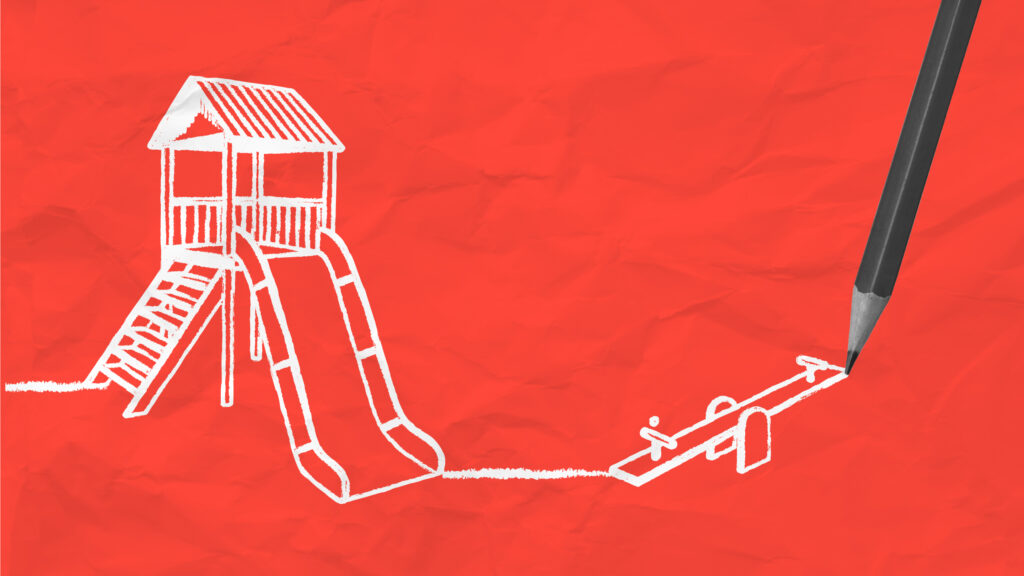
Third places include small pocket parks, large outdoor shared spaces, spaces which allow for live-music, dance, theatre, free-to-use sports courts and skateparks, and most importantly playgrounds.
Kids have an undeniable ability not to see boundaries in community; best friends can be made by just having the same colour shoes regardless of race, gender, or keys to the latest electric Jaguar.
As Andy Hoynes says in the third volume of his book The Place Economy:
If we could use placemaking to improve a neighbourhood, making it safer and more diverse, adding more enjoyable public spaces that encourage investment in schools and public transport, and leads to increased jobs and opportunities, which community would say no?
In conclusion: the legacy of London 2012
Did the London 2012 Olympics brand have a positive effect on the East-London areas where it was based?
Was Placemaking used in an effective way to transform the area?
Before the London Olympics, the East-London boroughs, which were deemed ‘growth boroughs,’ were often characterised as having large social housing estates, often in disrepair, with an over reliance on declining traditional industries, such as manufacturing and docklands.
The Olympics brought significant investment to the area including a mixed-use neighbourhood with a focus on affordable housing.
This resulted in the creation of new businesses and jobs. And added world-class sporting facilities, as well as new schools, hospitals, and cultural venues. Transport links were improved, and local parklands were allowed to re-wild to encourage more local fauna and flora back to the area.
Overall, the London 2012 Olympics had a positive impact on East London, but the long-term effects are mixed. While the games brought significant investment and improved infrastructure, the London housing crisis is too much of a challenge to be solved by a single major international event.
And unfortunately, not enough local communities were supported, so there have been some concerns about displacement of local identity along the way.
Be sure to take a look at part 2, where we’ll delve deeper into the power of placemaking.

